Financial Reporting
Key Features of Financial Reporting
- Standard reports include Balance sheet, Income statement, Cash flow, Aging, Profit & loss etc.
- Compare financials by months, quarter, and year or by date ranges.
- Compare budget allocation by department, business functions, projects etc.
- Drill down to a transaction to view level by level details.
- Run financial reports to analyze product line, customer profitability.
- Run separate financials for each plant or business unit
- Analyze transactional level detail for all financial numbers.
- Drill down to source transactions
- Track date, timestamp and user who performed the transaction
- Track changes to actual field data over a period of time
- Define custom financial statements using flexible report writer.
- Define custom consolidations
- Run financials using date range, month, quarter, and year period.
- Use Analytical tools to slice and dice data
- Use comprehensive dashboards to gain valuable insights on various financial metrics
- Create your own custom dashboards.
- Publish information for executives on their smart phones.
- Gain insight for each plant and/or business unit and do comparative analysis.
- Standard reports include Balance sheet, Income statement, Cash flow, Aging, Profit & loss etc.
- Compare financials by months, quarter, and year or by date ranges.
- Compare budget allocation by department, business functions, projects etc.
- Drill down to a transaction to view level by level details.
- Run financial reports to analyze product line, customer profitability.
- Run separate financials for each plant or business unit
- Analyze transactional level detail for all financial numbers.
- Drill down to source transactions
- Track date, timestamp and user who performed the transaction
- Track changes to actual field data over a period of time
- Define custom financial statements using flexible report writer.
- Define custom consolidations
- Run financials using date range, month, quarter, and year period.
- Use Analytical tools to slice and dice data
- Use comprehensive dashboards to gain valuable insights on various financial metrics
- Create your own custom dashboards.
- Publish information for executives on their smart phones.
- Gain insight for each plant and/or business unit and do comparative analysis.
Our Customers are Our Purpose and Our Strength

With OmegaCube ERP, we were able to decentralize the Accounts Payable process, eliminate siloed operating methods and easily delegate various parts of the AP process to relevant stakeholders. There was a lot of double data entry that we were able to reduce, thanks to the process decentralization.

When we spoke to our accounting department, they indicated that there has been almost 100% improvement in daily operations because everything is real-time and instantaneous. We are basically light years ahead of what we used to do manually. With OmegaCube ERP, we actually get accurate data of estimated vs. actual costs after a project is complete right at our fingertips.

I sit down every morning and look at a report which tells me how much I owe, how much I have coming in and helps me plan for incoming orders. It’s become an integral part of running my business effectively, efficiently and profitably, and we could add six more businesses without having to change our software.”
Browse through our Latest ERP and Technological Insights
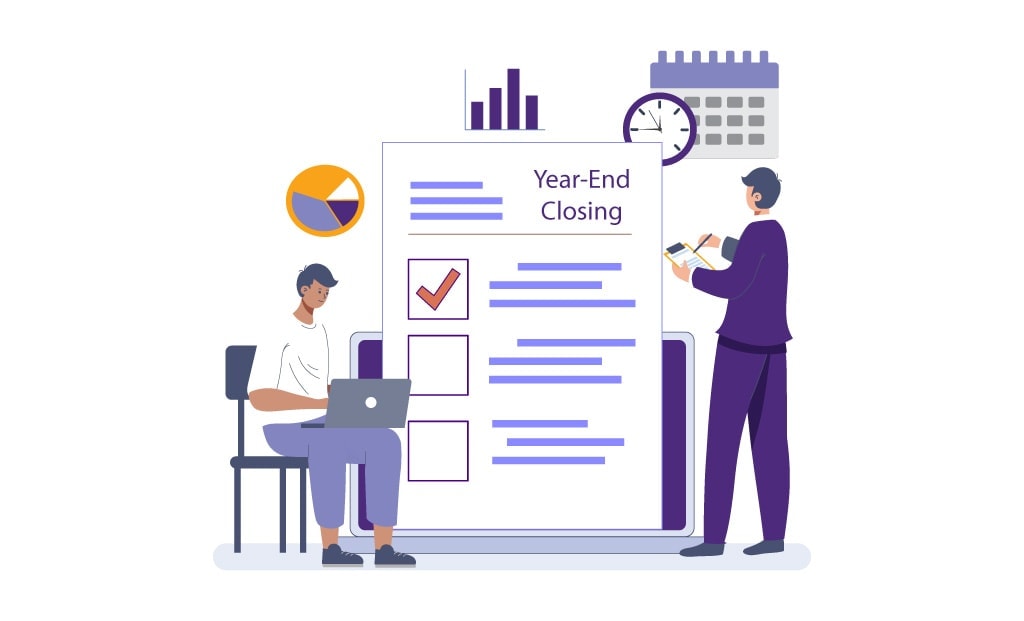
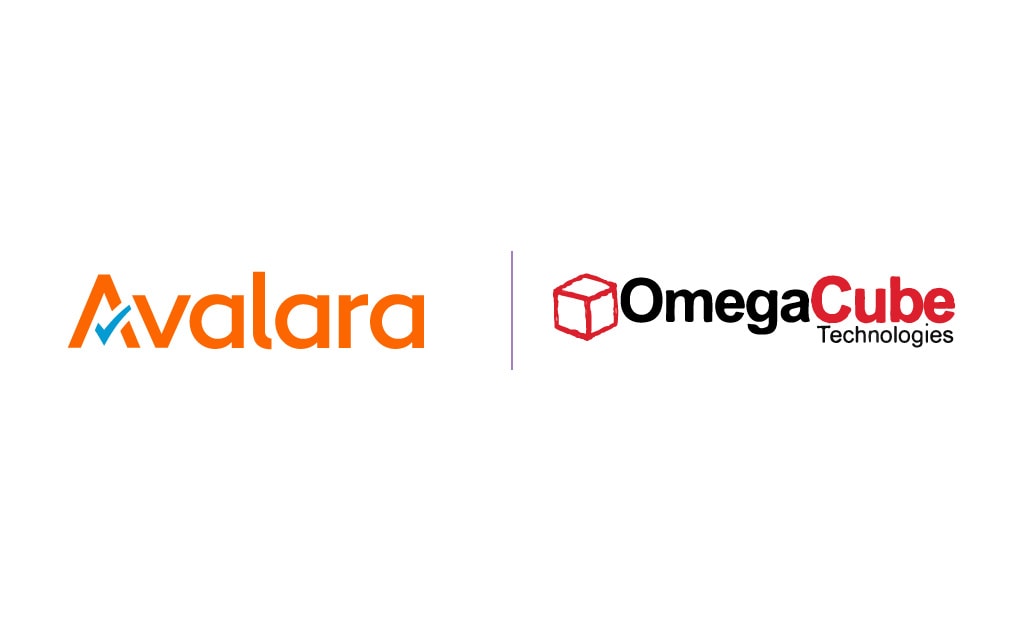
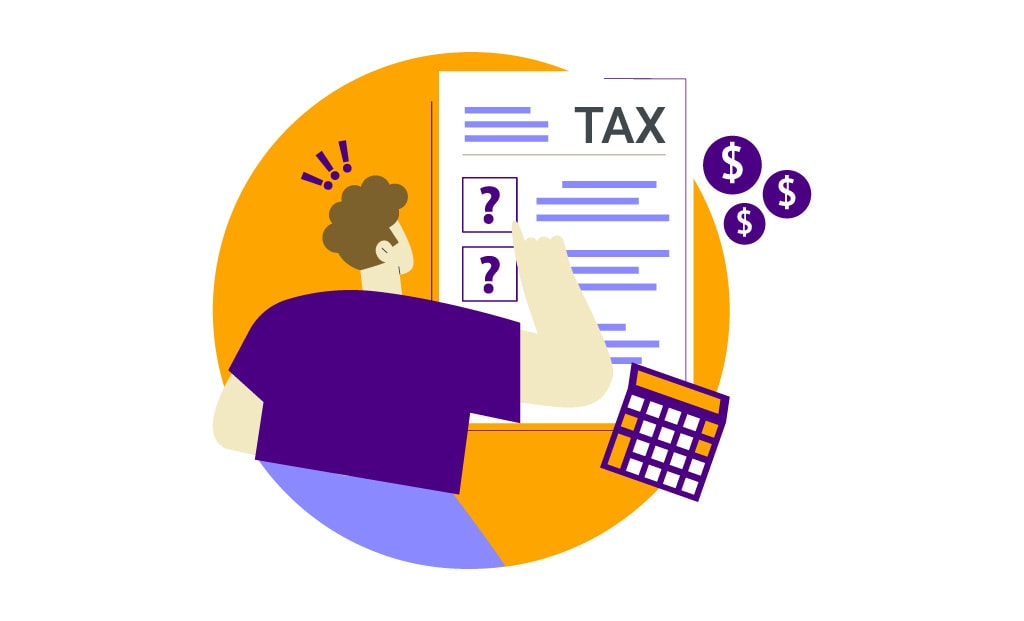
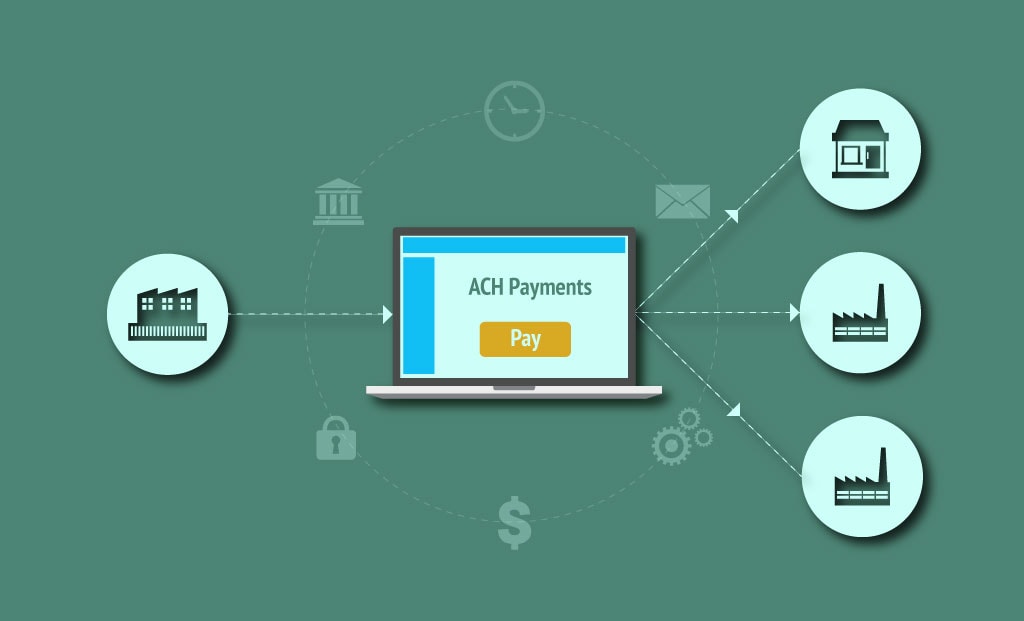
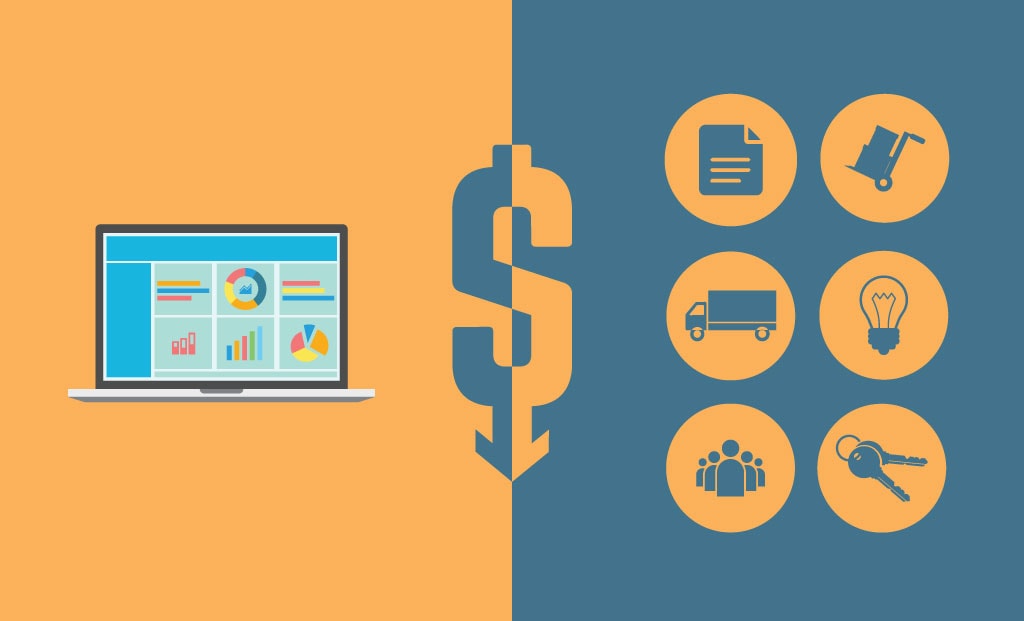
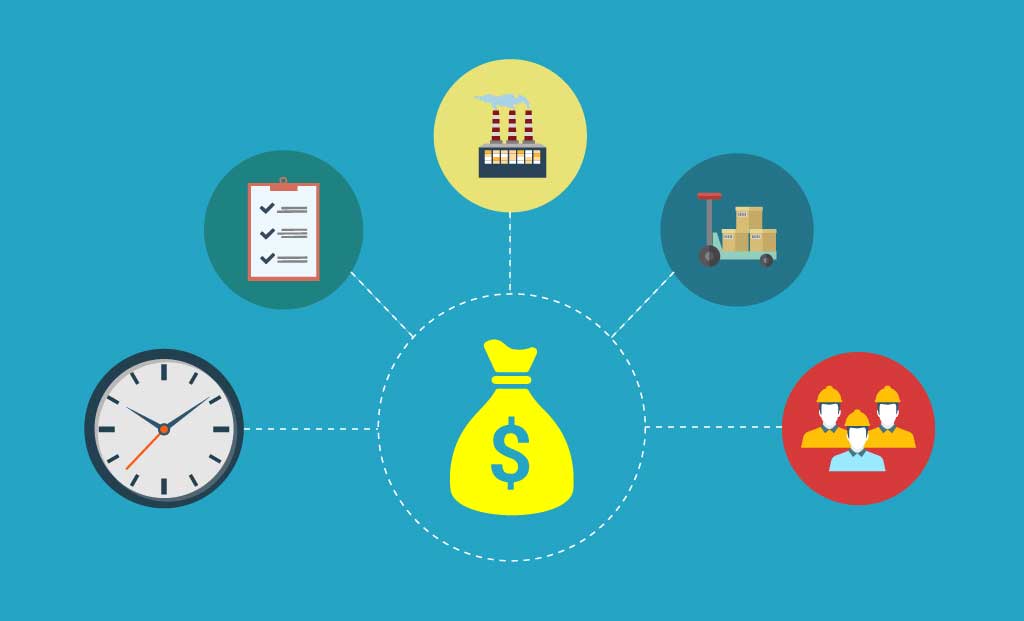
FAQ
Analytics in OmegaCube ERP allows manufacturers to build rich, visual dashboards, concise reports based on their requirement. This allows them to get personalized, real-time data on the move, across all business functions and roles within the enterprise.
Accounting in OmegaCube ERP automates key accounting operations related to Accounts Receivable, Accounts Payable, General Ledger, Bank Reconciliation, Sales Tax, Credit Card transactions, Bank deposits etc.

